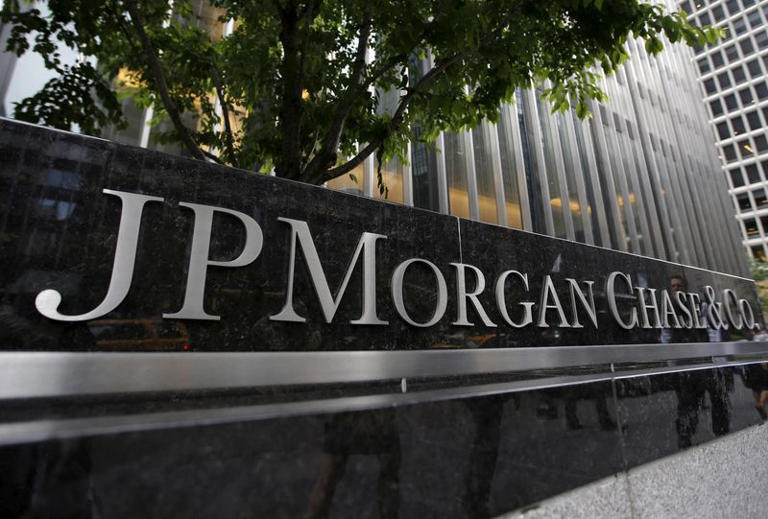As U.S. banking giants gear up to announce their first-quarter results, investors are eagerly awaiting insights into the expected increase in income from interest payments throughout the year.
Analysts anticipate that JPMorgan Chase will report a 4% decline in earnings per share (EPS) compared to the same quarter last year, according to an LSEG survey. Citigroup and Wells Fargo are expected to see drops of 35% and 11%, respectively, in their EPS. Goldman Sachs is forecasted to post a 13% slide, while Bank of America may show an 18% decline, and Morgan Stanley is seen announcing a 2% drop.
The focus for analysts lies in assessing how the trajectory of U.S. interest rates will impact banks’ net interest income (NII), which is the difference between the interest earned on loans and the interest paid out on deposits. Kenneth Leon, research director at CFRA Research, noted that this overarching theme is likely to drive market sentiment this quarter, potentially leading to upside surprises in earnings.
The recent record profits enjoyed by banks were largely attributed to the Federal Reserve’s interest rate hikes initiated in March 2022 to combat inflation. Therefore, the outlook for NII serves as a key indicator for future earnings potential.
However, the market sentiment regarding the Federal Reserve’s rate-cut expectations has shifted, with fewer anticipated rate cuts this year compared to earlier estimates. Consequently, executives’ commentary on this matter during the earnings calls will be closely scrutinized by investors.
JPMorgan, Bank of America, and Wells Fargo are expected to benefit from prolonged higher interest rates, which would boost their NII. Conversely, a delay in Fed rate cuts, as suggested by recent consumer price index (CPI) data, could impact the timing of NII inflection.
While elevated interest rates may bolster banks’ NII, there is concern about the potential strain on consumers’ finances, leading to increased delinquencies on loans. Despite this, analysts like Chris Marinac, director of research at Janney Montgomery Scott, do not foresee a significant impact on earnings.
Banks catering to both retail customers and corporations have fared relatively better in the first quarter compared to those focused solely on Wall Street dealmaking. Notably, Citigroup, Wells Fargo, and JPMorgan have emerged as top-performing stocks in the S&P 500 banks index so far this year.
Looking ahead, the revival of mergers and acquisitions activity in the first quarter signals positive prospects for investment banking revenue at firms like Goldman Sachs and Morgan Stanley. Additionally, investor attention will be on updates regarding leadership transitions and regulatory compliance efforts at major banks like JPMorgan and Wells Fargo.
Overall, the first-quarter earnings reports from U.S. banking giants are poised to offer valuable insights into the industry’s performance and its outlook amid evolving market dynamics.
